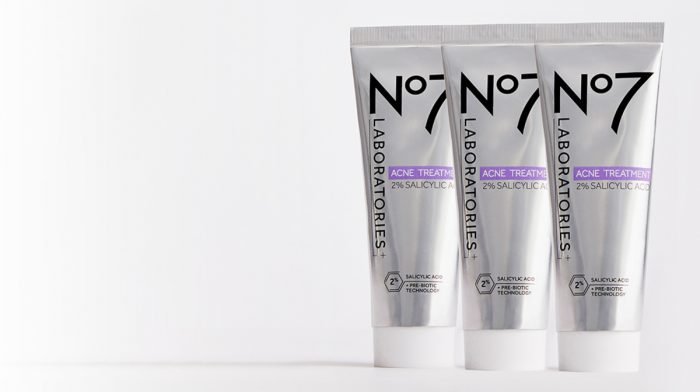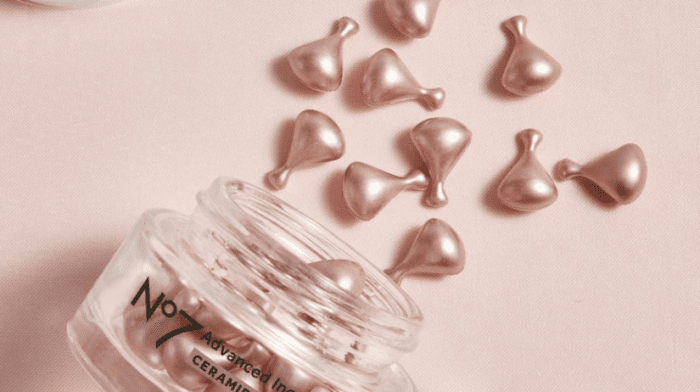A well-established favorite among professional skin therapists, glycolic acid can now be found in daily skin treatments, including cleansers, toners, and at-home peels – but what does glycolic acid do, and how does it benefit the skin? Read on to find out why we recommend incorporating this exfoliating ingredient into your skincare routine.
What is glycolic acid?
Often derived from sugar cane, glycolic acid is a chemical exfoliant known as an alpha hydroxy acid (AHA). It’s water-soluble and has a low molecular weight compared to other AHAs, allowing it to easily penetrate and exfoliate the outermost layer of the skin, helping to visibly improve tone and texture.
What does glycolic acid do?
The most widely studied of the AHAs, glycolic acid is an exfoliant that helps to cleanse the outermost layer of skin (the stratum corneum), lifting away dead cells, impurities and pollutants, to reveal skin that looks fresh and luminous.
By exfoliating dead surface cells, glycolic acid supports the skin’s natural renewal process, helping to clarify, refine, and even tone. It also reduces the appearance of pores, lending skin a recharged and radiant appearance.
When and how to use glycolic acid
As glycolic acid can make skin more sensitive to sunlight and prone to sunburn, always apply at night to avoid damaging skin in the sun. Follow with a serum and night cream to help hydrate and support the skin barrier, then apply SPF moisturizer as part of your morning skincare routine.
Glycolic acid shouldn’t be used alongside other skincare products that rapidly exfoliate the skin, including manual exfoliants like face scrubs or ingredients like retinol. Apply a maximum of 3 times a week and avoid using on consecutive nights.
Is glycolic acid safe?
When used correctly, glycolic acid is a safe and effective skincare ingredient that’s suitable for all skin types, except those affected by conditions such as eczema or rosacea, or extreme sensitivity.
However, misuse and overuse can have a negative impact on the skin, causing dryness, flaking, itchiness, sensitivity, and irritation.
Best practice is to introduce glycolic acid into your skincare routine gradually. Apply once a week for the first week to help prevent irritation and allow skin to become accustomed to the effects of glycolic acid. Then, gradually increase usage to 3 evenings a week.
Best glycolic acid peel
With the ability to transform skin tone and texture, glycolic acid has become the gold standard in chemical peel treatments and a favorite among professional skin therapists.
Achieve clinic-worthy*, radiant and healthy-looking skin at home with No7 Laboratories Resurfacing Peel 15% Glycolic Acid. A gentle yet powerful 5-minute wash-off treatment, it’s formulated with 15% pure glycolic acid and gluconolactone (a mild exfoliating acid) to help remove dead cells from the skin’s surface and reveal a renewed, youthful-looking radiance. Skin feels softer and smoother, pores appear clarified and refined, and skin tone appears more even.
With a clinically-proven and dermatologist-approved formula, this revolutionary glycolic acid peel reveals luminous skin that feels dramatically smoother. It also primes the skin for the next steps of your skincare routine, helping future products to work their best.









